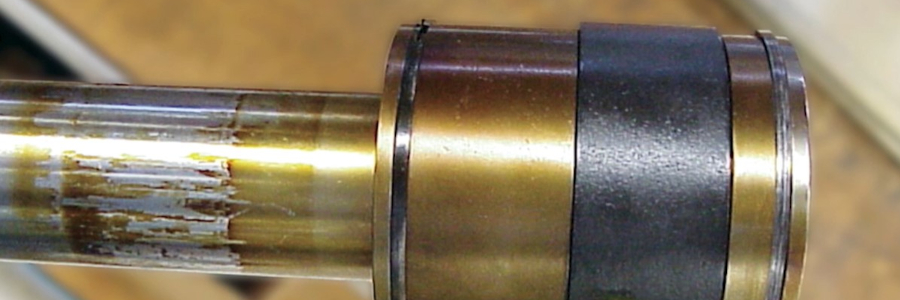Lube Matters


Stay in the loop and receive our weekly blog articles.
Sign up to receive our weekly blog articles
Thank you!
Oops! Something went wrong.















































